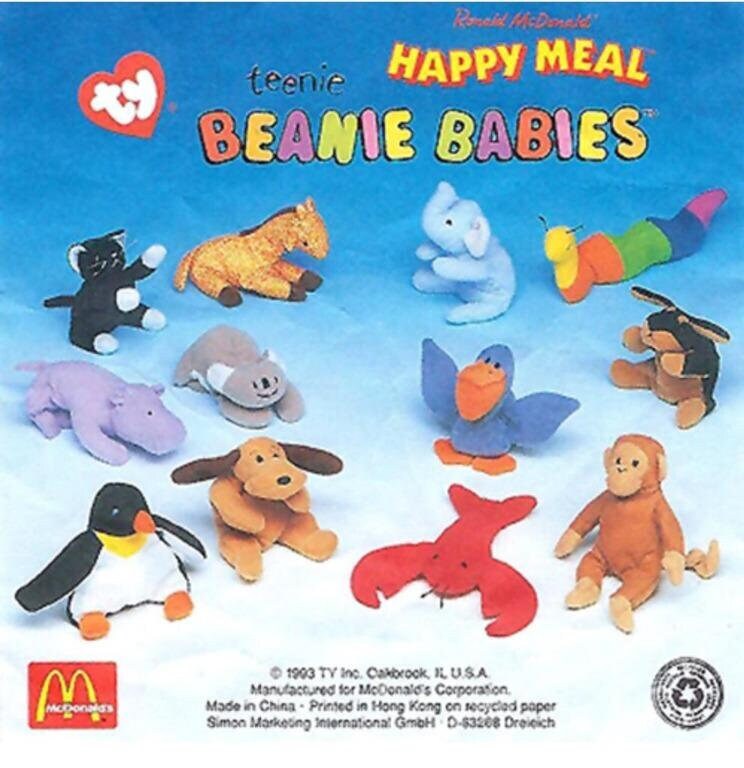BLAST FROM THE PAST: Beanie Babies
| Ty Warner. Photo: Ty Beanie Babies |
Love or hate them, Beanie Babies took over the planet in the 1990s. These cute stuffed toys became one of the biggest toy fads in recent memory that ended up financially ruining many people who viewed them as an investment.
Ty Warner founded the company in 1993 after a trip to Europe inspired him to use small beans to make traditional stuffed toys more flexible. Beanie
Babies were introduced to the public when Ty attended a toy fair with his creations. The toys became an instant hit for their lovable characters. The nine original Beanie Babies were: Cubbie the Bear, Pinchers the Lobster, Patti the Platypus, Chocolate the Moose, Flash the Dolphin, and Splash the Whale. The toys quickly became popular and in no time sales took off.
To create a sense of scarcity and to push people to buy the toys, Ty began retiring certain animals shortly after their introduction. This led to the toys being viewed as rarity and the fear of missing out for consumers. At any given time, the company sold 36 of any one animal to independent stores. The frenzy resulted in long lines outside of stores for people clamoring to buy them. This drove up prices that led to people using them as a financial investment.
The resell of Beanie Babies by those wanting to cash-in on the fad coincided with the birth of eBay in 1995. It has been estimated that within the first two years of eBay's launch, Beanie Babies accounted for 6% of sales for the online auction platform.
Beanie Baby mania was not limited to stores or eBay resellers. In 1997, McDonalds and Ty Warner partnered to introduce Teenie Beanie Babies in Happy Meals. This collaboration set of a chain of event that showed a very ugly side of capitalism. Adults were buying Happy Meals for the toys and throwing the food in the trash.
 |
| Photo: Etsy |
By 1998, Ty Inc. had more than $1 billion in annual sales. It seemed as though there was nothing to stop the Beanie Baby craze. In 1999 Ty announced he was retiring all Beanie Babies which drove demand and prices even higher. But he changed his mind because of the backlash. He also realized 2 new fads were lurking in the horizon getting ready to overthrow Beanie Babies: Pokemon and Furbies.
The end of Beanie Babies came in 2000 when the dot com bubble burst. Prices for them crashed in a spectacular fashion. Collectors who purchased Beanie Babies as an investment were left with bins full of worthless toys.
After the demise of Beanie Babies, Ty purchased numerous properties including hotels in NYC. In 2014 he was found guilty of tax evasion. He was sentenced to 2 years of probation, 500 hours of community service, and $100,000 fine. Ty never married and has become something of a recluse these days. He's one of the richest persons in the USA with a reported net worth of $2.3 billion.
The fad of Beanie Babies is a cautionary tale of what happens when a company intentionally sets out to use scarcity tactics to build an egocentric empire for a gullible fan base whose enjoyment of a toy was overshadowed by their relentless greed.
Source: History.com; Screen Rant; Public.com; WBUR; Business Insider; Today.com




Comments
Post a Comment